Charles Kvapil was born in Czechoslovakia on November 1, 1884, and died in Paris in 1957.
He studied at the Royal Academy of Fine Arts in Antwerp. His first works were exhibited in 1908, at the Salon d'Anvers. In 1911, he exhibited in Munich; his works then showed a clear cubist influence in an invoice, well tempered, of organization and simplification. Arrived very young in Paris, he set up his studio in Montmartre in the Hameau des Artistes, between rue Lepic and number 11 avenue Junot near those of Maurice Utrillo and Suzanne Valadon.
In 1912, he exhibited at the Salon des Indépendants. In 1914, he presented his works again in Belgium, at the Triennale de Bruxelles. It was at the Salon des Indépendants in 1920 that Kvapil was revealed to the Parisian public "
After the war, he led a very penniless existence, but with an optimistic temperament, he hoped to break through; he had to work to survive and he painted mostly in the evening, especially during his early years in Paris. It was at the Salon des Indépendants in 1920 that Kvapil revealed itself to the Parisian public. He exhibited six paintings there: "My countryside", "portrait of a woman", "Sinking barge", "The poplars", "Bras Saint-Jean (landscape)" and "Still life". He is domiciled there at 233, rue d'Alésia in Montparnasse. “In the wake of the legendary figures of Montparnasse, in their shadow, and by them kept to a relative discretion (the behavior of artists entering for many in the brilliance of their career and exclusive attachment to their production, without "social" extension condemning them to obscurity), is Charles Kvapil. He frequented the Café du Parnasse […] and was exhibited there in a small group organized by A. Clergé, “the Company of Professional Painters and Sculptors”, which appeared in 1921. The preface was written by Romoff. A second soon follows. It includes 102 participants, including Friesz, Lagar, Ortiz de Zorate, Le Scouëzec, Astoy, Roysen, Loutreuil, Krémègne, Gallien, Gontcharova, Lebedeff, Ramey, Kvapil. This one remains attached to the folklore of the bohemian painter of which Montparnasse is the field of exploits and the model of life ”(Jean Jacques Lévêque“ The Roaring Twenties, 1918-1939 - The triumph of modern art ”, 1992). exhibits at the Colette Weill gallery. In 1923, his works were hung with Marcel Bernheim, then with Dalpeyrat, in Limoges, where he mainly showed landscapes. Subsequently, he participated in the Salon d'Automne; in that of 1941, he presented “the Phlox”, and in 1944 “At the window”. In 1951, at the same Salon, he exhibited “Plaisir d’été” and “le Goûter”.
He exhibited during his lifetime in Paris, Munich, Brussels, Geneva, Italy, Stockholm, London and New York. Today he is represented in numerous public and private collections, including at the Museum of Modern Art in Paris. , in the museums of Le Havre, Libourne, Rouen, Saint-Étienne, Amsterdam and Tunis.
Charles Kvapil is known above all as a character painter, in particular for his representations of busty nudes for which his friend Ginette often served as his model; he painted models in the studio, sometimes in front of his window with the Butte Montmartre in the background; often also bathers or female nudes placed in groups of figures, in the manner of Courbet and the Impressionists at their beginning.


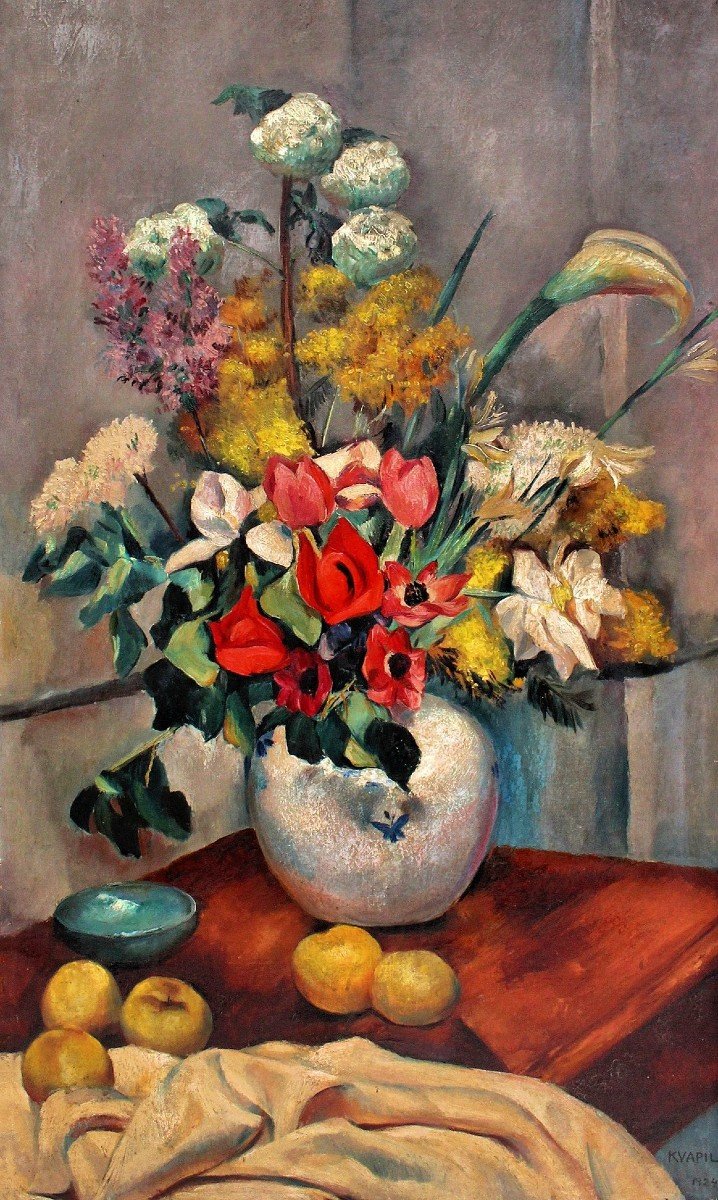
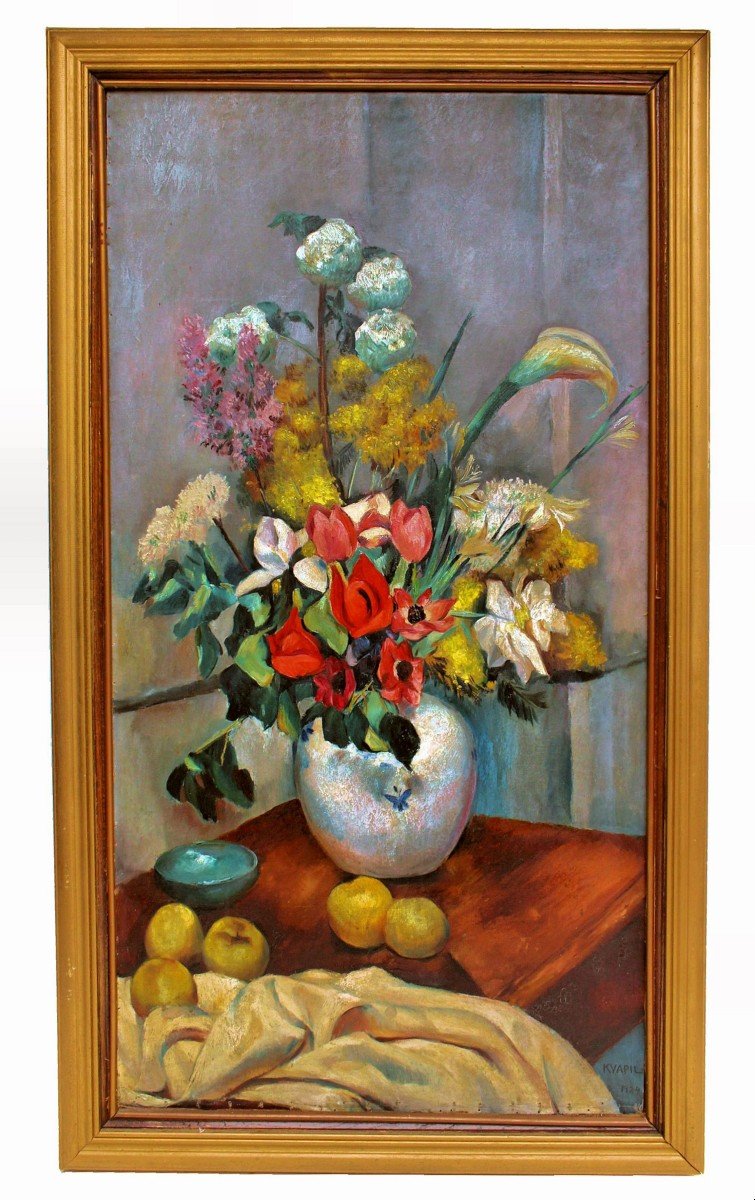
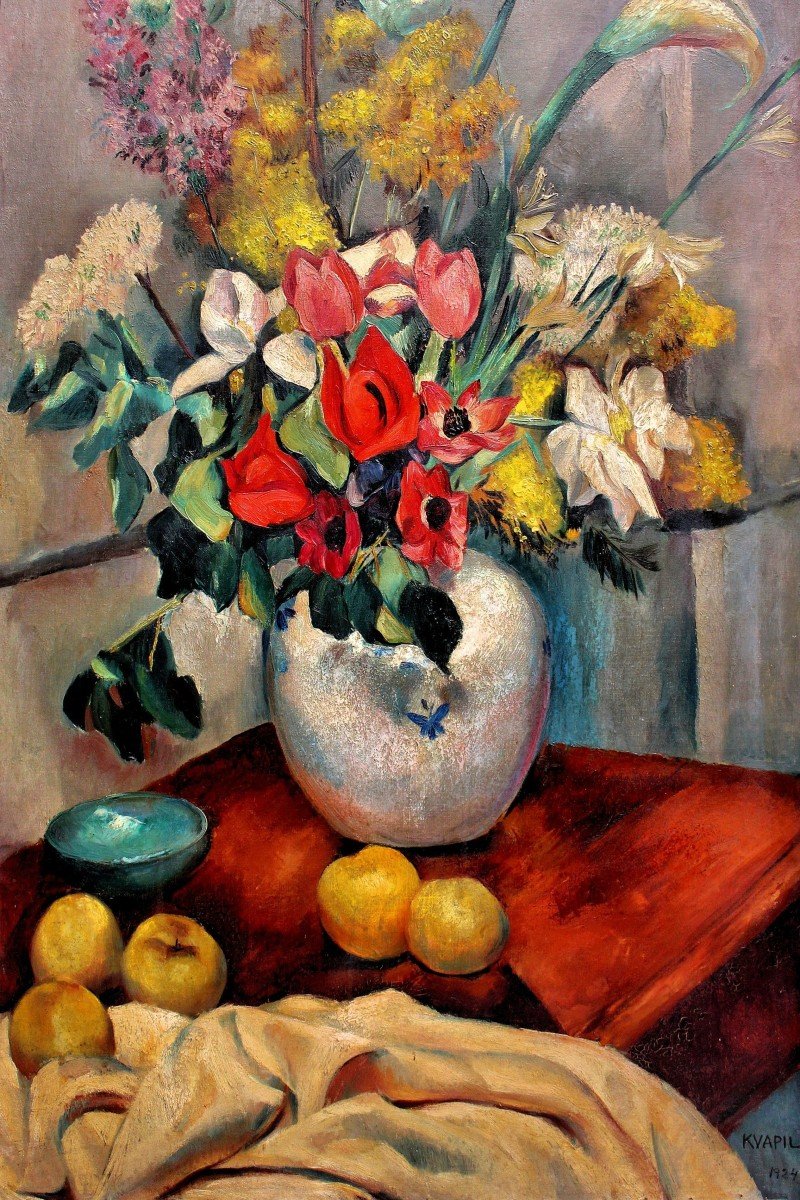
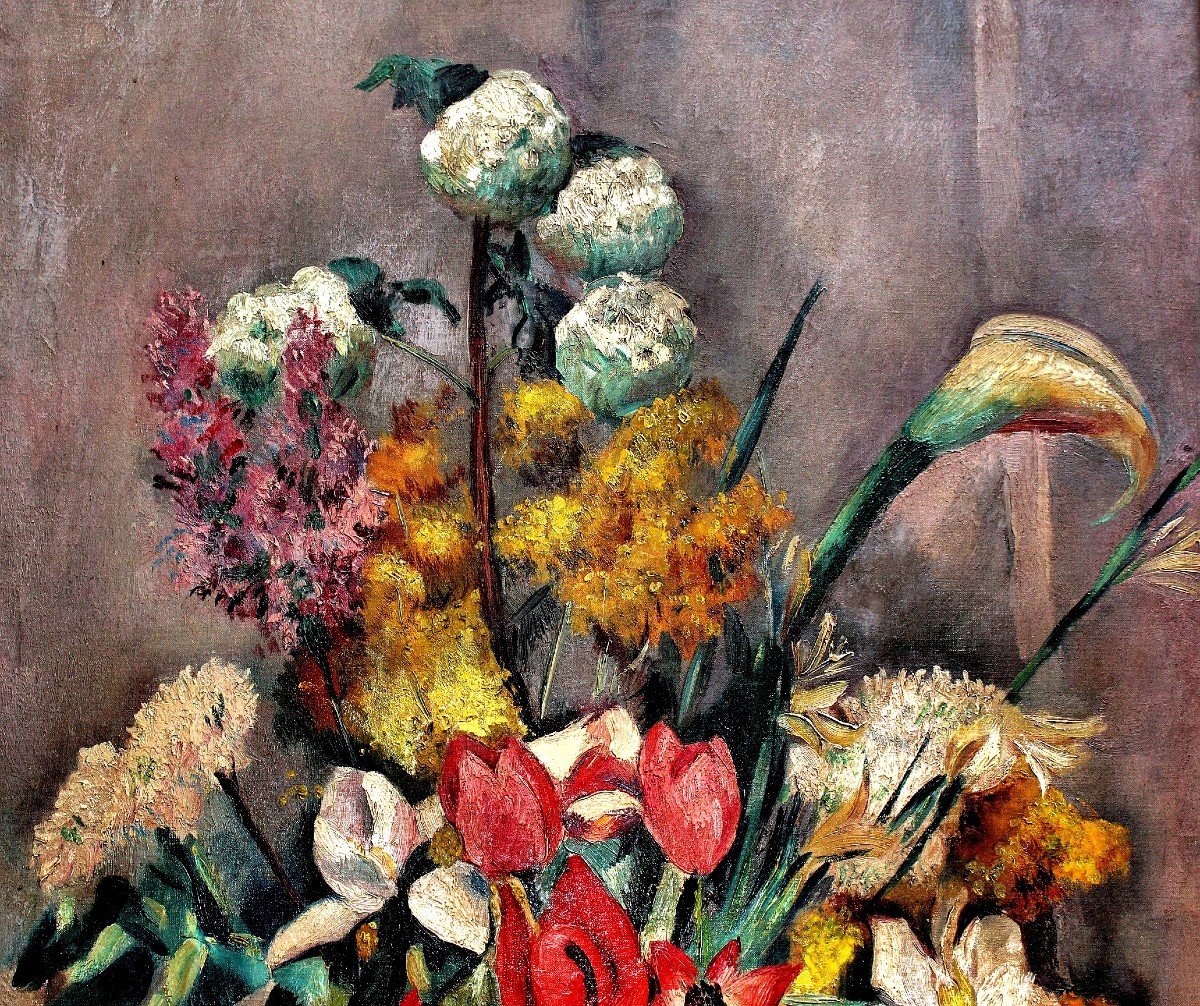
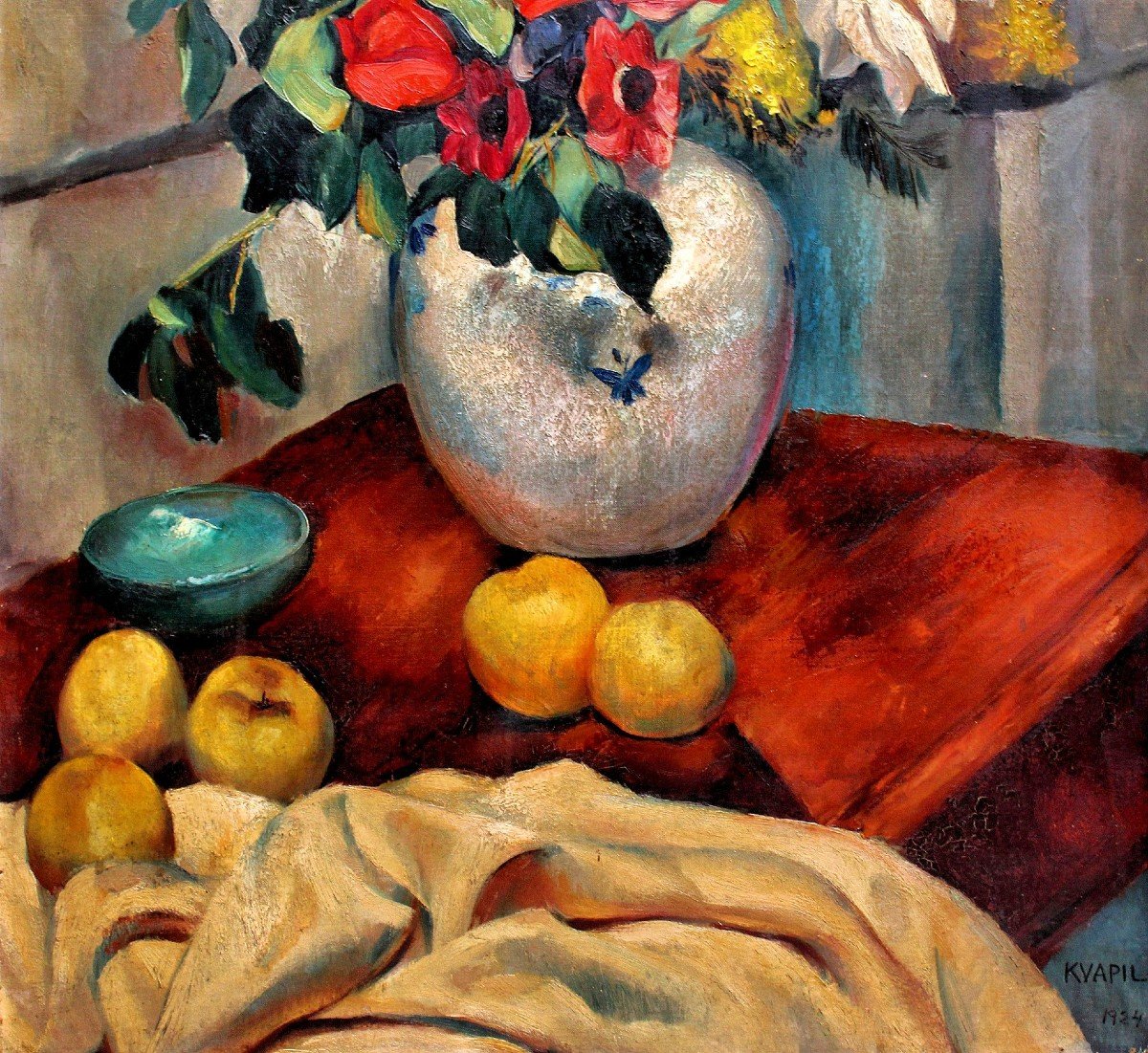
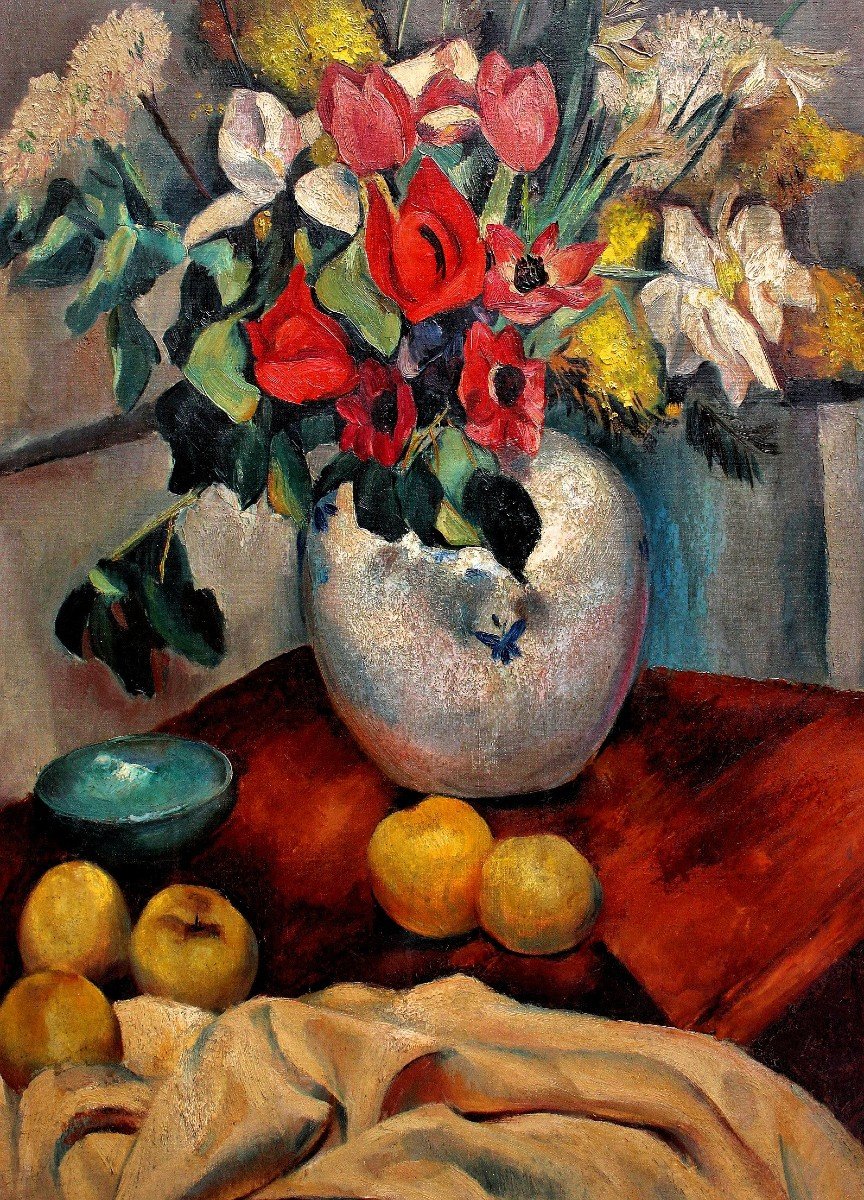
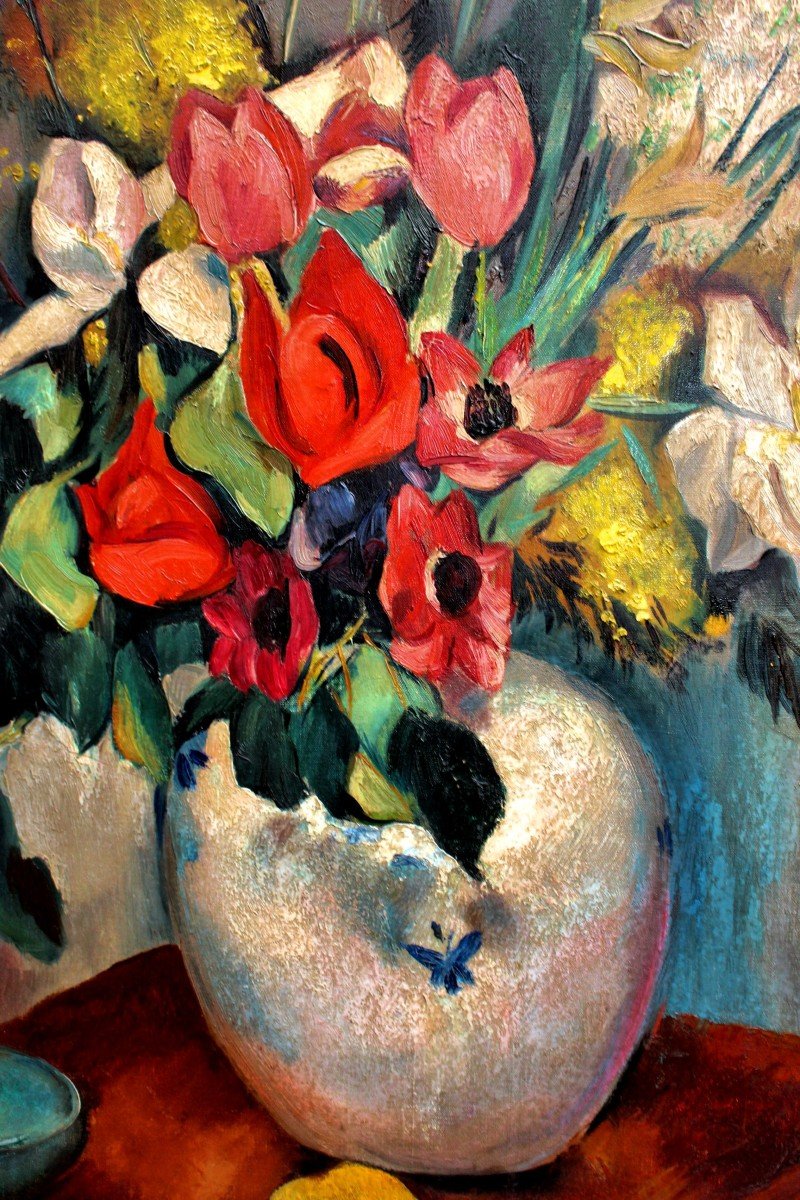
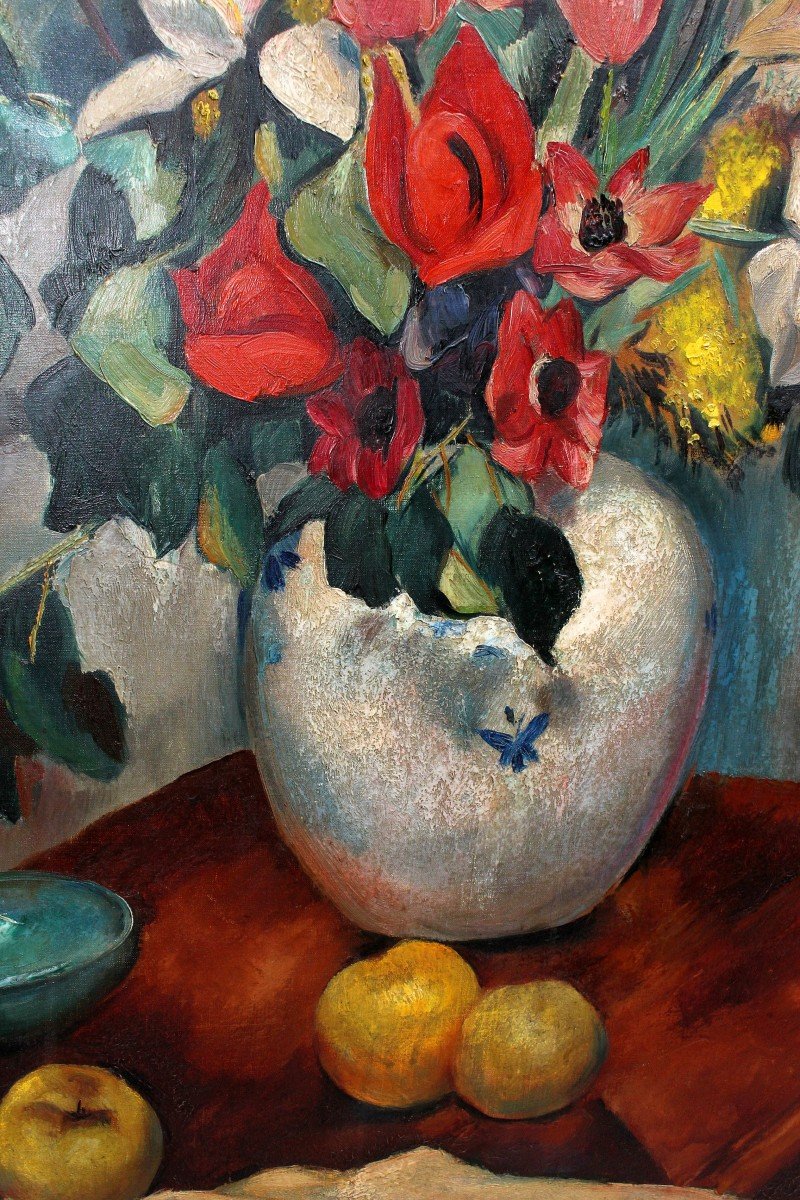
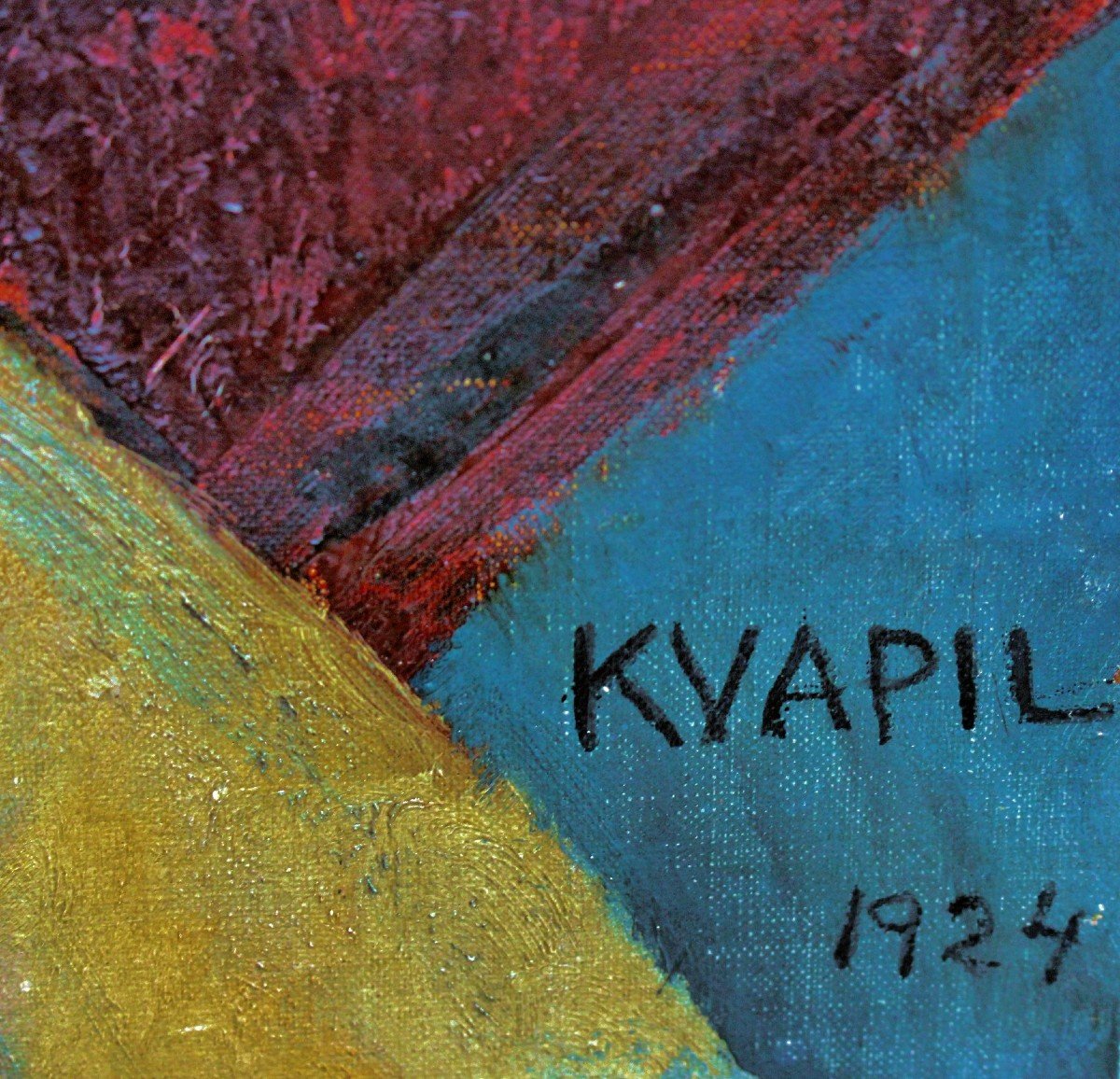
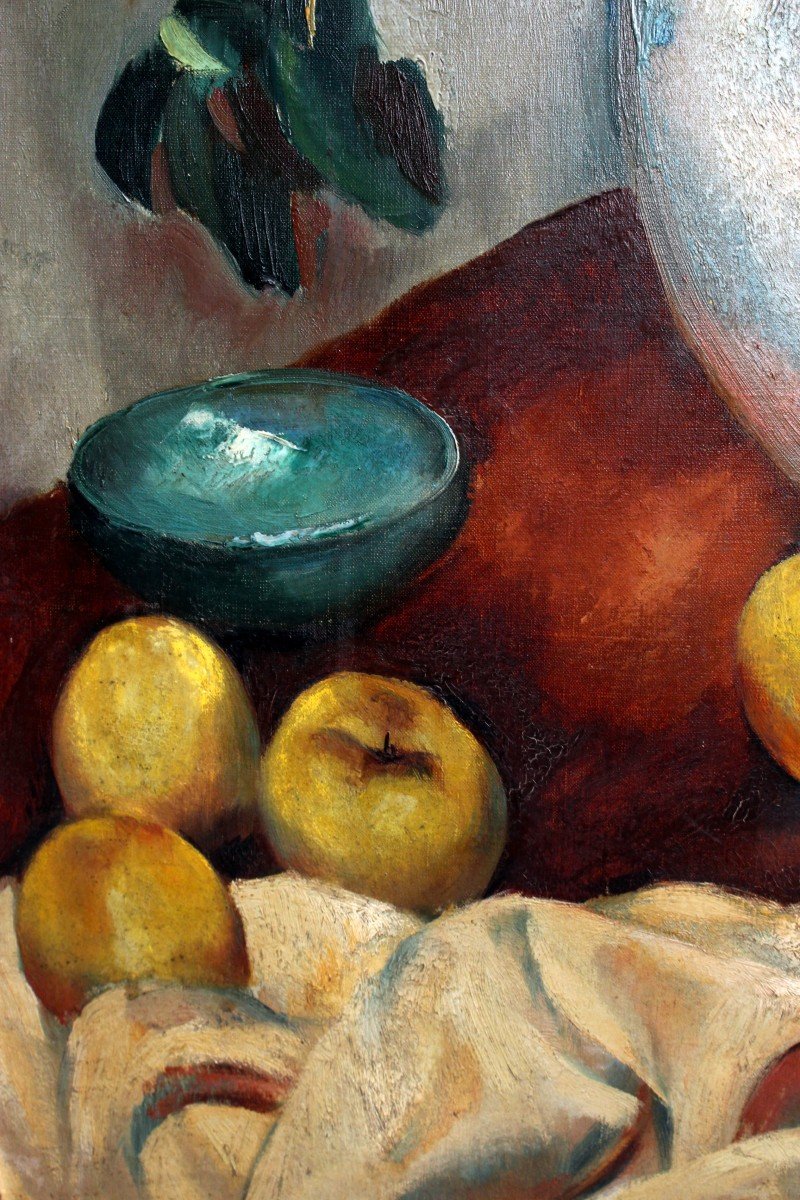
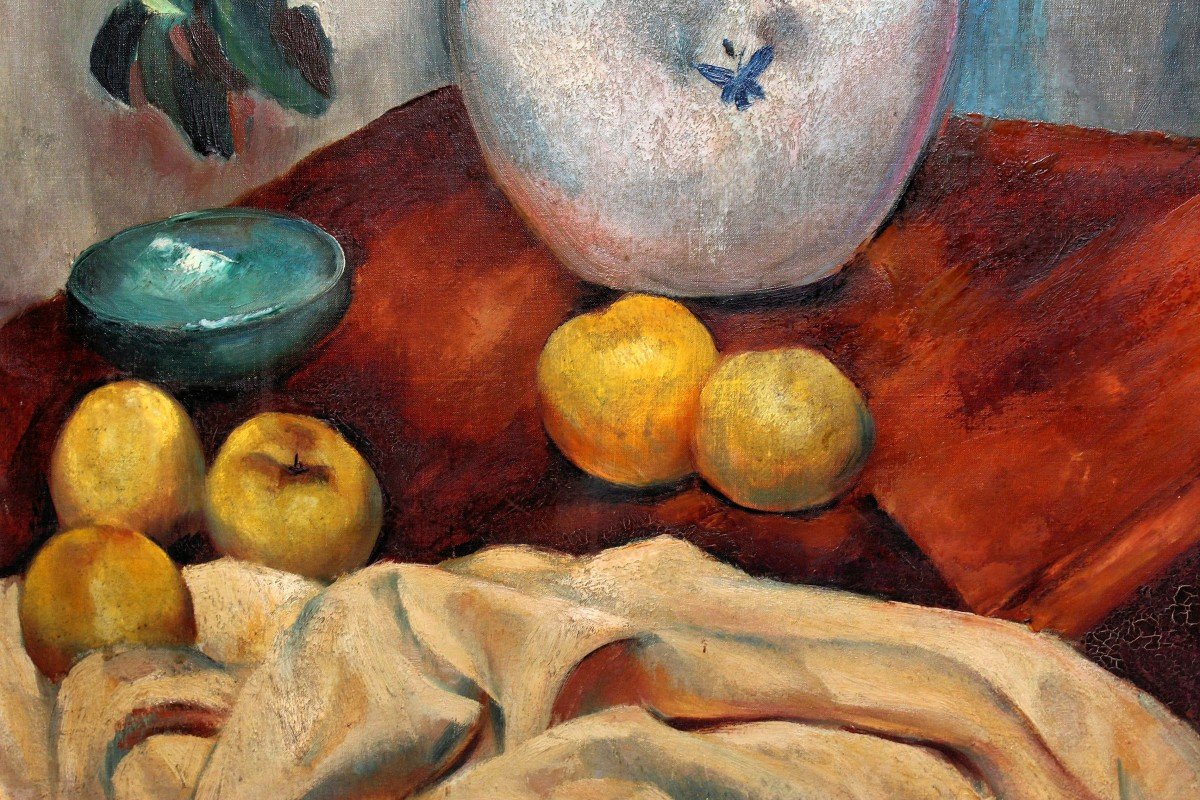












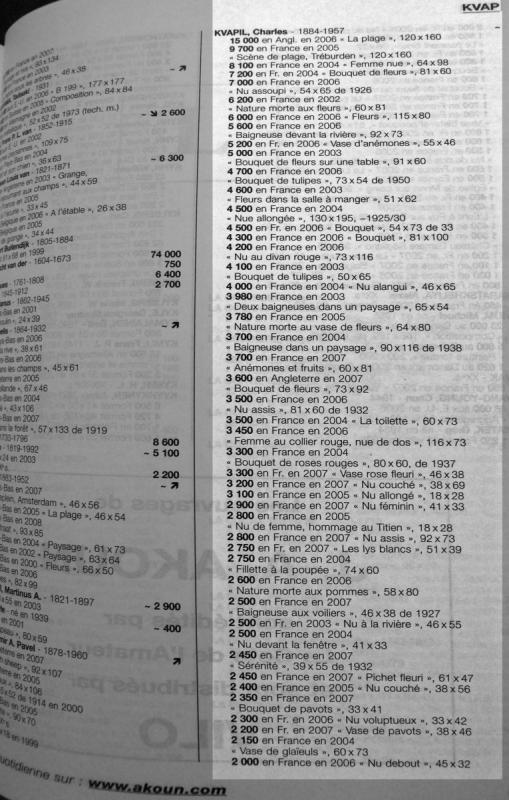


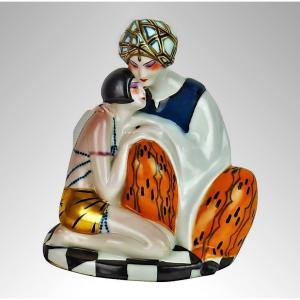
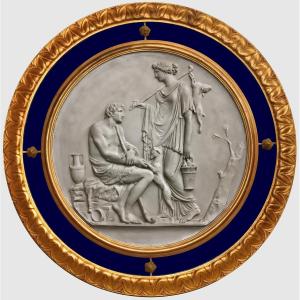


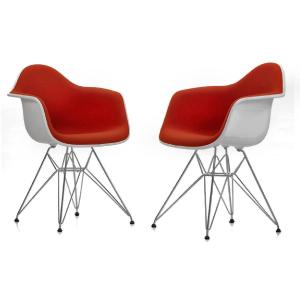


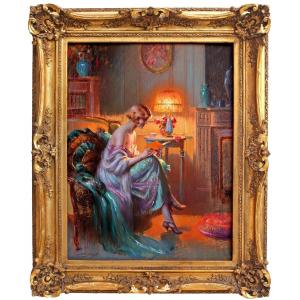




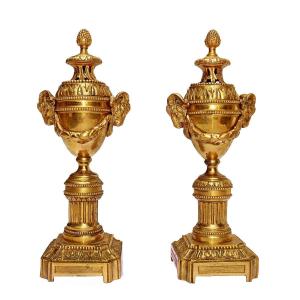
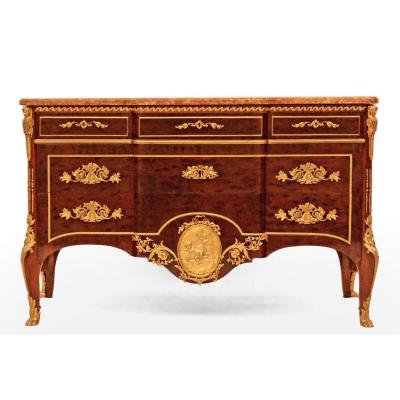
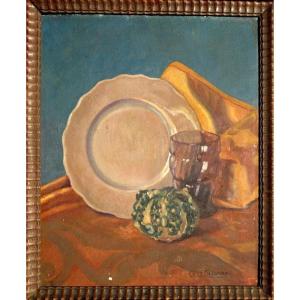
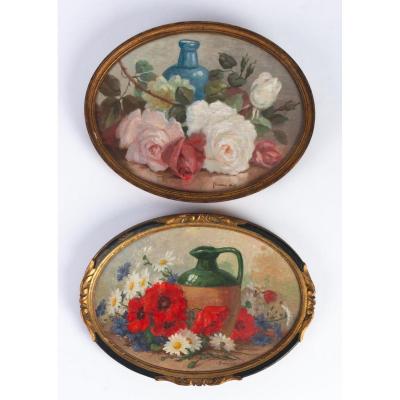






 Le Magazine de PROANTIC
Le Magazine de PROANTIC TRÉSORS Magazine
TRÉSORS Magazine Rivista Artiquariato
Rivista Artiquariato